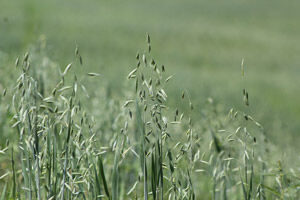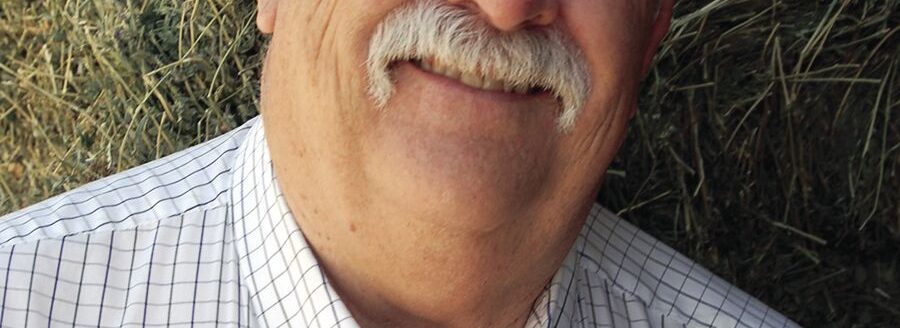Soil fertility key to maintaining alfalfa yields
Did your alfalfa not yield what you were expecting this year? Well fall is the perfect time to pull soil samples and see what’s going on underground.
Soil fertility is key to maintaining yield, and alfalfa fields should ideally be sampled each year to check soil pH, potassium, and phosphorus levels across all soil textures. Note, if your field is sandy, eroded, or highly weathered, you may want to test for sulfur as well. It is important to remember that compared to row crop ground or grass hay, nitrate-nitrogen is not a concern since alfalfa can fix atmospheric nitrogen. However, digging a few plants up and checking nodulation will provide some insight to plant and soil health as well.
To collect soil samples this fall, you will need to collect soil cores to 8 inches, or if the field was previously sampled to 6 inches stay with the historic depth for comparison. It is very important to be at an accurate depth, because values change the deeper or shallower we go in the profile. You can use a file or a Sharpie marker to measure 8 inches on your soil probe to make it easier when pulling cores.
When sampling there are a few ways you can decide to pull the cores: by soil type, grid, or representative samples for every 40 acres. For alfalfa fields by soil type or representative samples for every 40 acres would be the most cost-effective choices. You will need to pull 10 to 15 random soil cores across your soil type or 40-acre area to be represented. Those soil cores need to be mixed together in a plastic bucket. From there, take about a pint of soil and place in a labeled bag to be analyzed. Repeat this process across the field for every 40 acres or by the soil types in your field and then package for submission.
Once you have your results, reach out to your Extension educator, fertilizer dealer, or agronomist for more information to help build a profitable alfalfa program.

